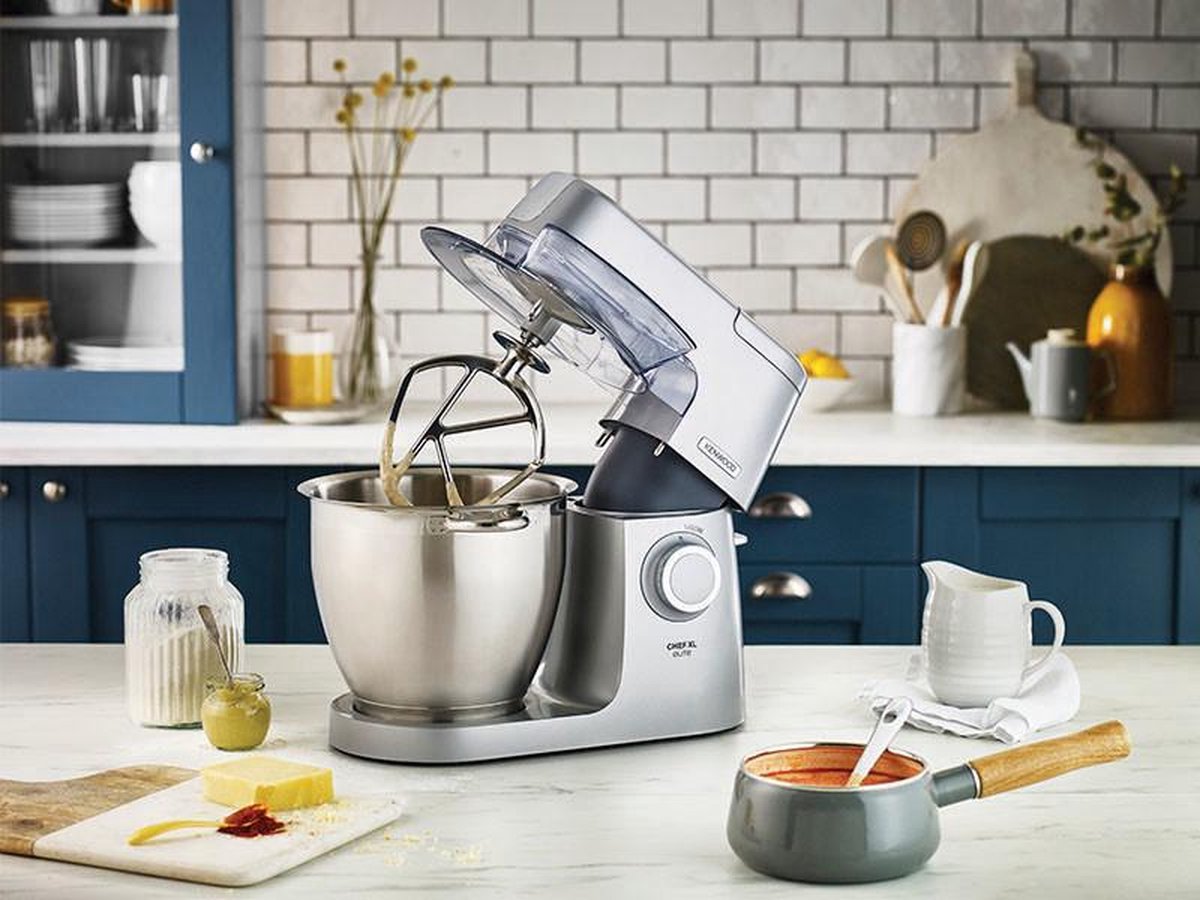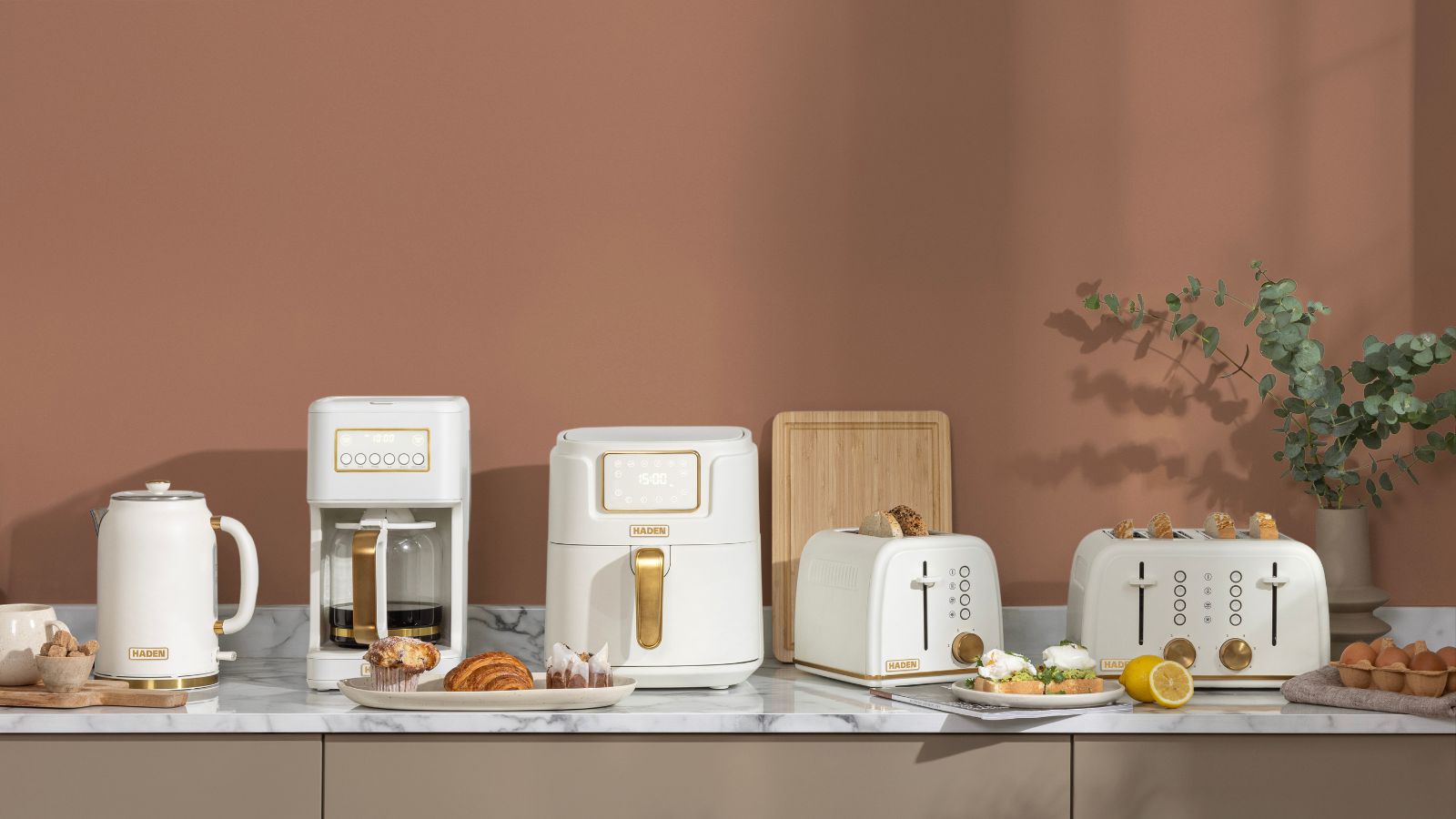Picture this: you’re halfway through creaming butter and sugar for your famous chocolate chip cookies when disaster strikes. One of your trusty beaters, worn from years of faithful service, finally gives up the ghost. Or maybe, in a post-baking cleanup frenzy, a beater mysteriously vanishes, likely into the same black hole that swallows single socks. Your first thought might be, “No problem, I’ll just grab a replacement online.” But that leads to the crucial question: Are Hand Mixer Attachments Universal? It’s a question I hear all the time, and as someone who has tested more hand mixers than I can count, I’m here to give you the straight scoop.
The short and simple answer is, unfortunately, no. For the most part, hand mixer attachments are not universal and cannot be used interchangeably between different brands or even different models from the same brand. It’s a frustrating reality, but it’s one rooted in design, safety, and performance. Think of it like trying to use your Honda car key to start a Ford; while they serve the same function, the intricate design details make them fundamentally incompatible. Let’s dive into why this is the case and what you can do when you find yourself a beater short.
Why the Lack of Universal Harmony?
You’d think a simple beater would be, well, simple. A couple of twisted metal rods shouldn’t be rocket science, right? But the incompatibility comes down to a few key engineering decisions that manufacturers make.
The Intricacies of Stem and Socket Design
The primary reason are hand mixer attachments universal is a question with a negative answer lies in the stem—the part of the beater that clicks into the mixer’s body.
- Proprietary Shapes: Each brand designs a unique socket and stem system. Some have a notch, others have a small collar or a specific flattened side. This proprietary “lock-and-key” design ensures that only their specific attachments will fit securely.
- The Collared Beater: Many mixers have one attachment with a small plastic or metal collar on the stem, and one without. This isn’t just for looks; it corresponds to a specific socket on the mixer. This design ensures the beaters rotate in the correct opposing directions, creating the vortex needed for efficient mixing. Using two identical, non-collared beaters (or forcing the wrong one in) can lead to inefficient mixing and a lot of splatters.
Power, Torque, and Performance Matching
A hand mixer is more than just a motor that spins things. The motor’s power (wattage) and torque are carefully calibrated to work with the specific weight, size, and shape of the attachments it comes with.
“I always tell my students to think of their beaters as a bespoke suit tailored for their mixer’s motor,” explains professional pastry chef Amelia Evans. “The wrong fit won’t just look bad; it will actively hinder performance. A beater that’s too heavy or flimsy for the motor can cause it to overheat or fail to mix ingredients properly, a real recipe for disaster.”
Using an attachment from a different, more powerful mixer could strain your motor, leading to burnout. Conversely, using a lighter-duty beater with a high-torque mixer could cause the attachment itself to bend, warp, or break.
Safety Ejection Mechanisms
That little button you press to pop the beaters out is connected to a specific internal mechanism. The attachments are designed to latch onto this mechanism securely and release cleanly when the button is pushed. A non-standard attachment might not click in place at all, or worse, it could get stuck or fly out unexpectedly during use—a serious safety hazard.
What Are Your Options When You Need a Replacement?
So, you’ve lost or broken an attachment. Don’t throw the whole mixer away just yet! You have a few safe and reliable options.
- Identify Your Mixer: First thing’s first. Flip your hand mixer over and look for a sticker or embossed text. You need to find the brand and, most importantly, the model number. It’s usually a combination of letters and numbers (e.g., Cuisinart HM-90S or KitchenAid KHM512ER). This model number is your golden ticket.
- Contact the Manufacturer Directly: This is the best and safest route. Go to the manufacturer’s official website (like KitchenAid.com, Cuisinart.com, etc.) and look for a “Parts & Accessories” section. You can usually search by your model number to find the exact replacement beaters, dough hooks, or whisks you need.
- Check Authorized Parts Retailers: There are reputable online stores that specialize in genuine appliance replacement parts. A quick search for “[Your Mixer Brand] [Your Model Number] replacement beaters” will often point you in the right direction. Just be sure the retailer is an authorized dealer to avoid counterfeits.
- The Online Marketplace Gamble: Sites like eBay or Amazon Marketplace can be a source for parts, especially for older or discontinued models. However, proceed with caution. Always ensure the seller has listed the exact model number your part corresponds to. A listing for “universal hand mixer beaters” is a major red flag.
A Quick Guide to Hand Mixer Attachments
While we’ve established that the answer to are hand mixer attachments universal is no, let’s look at the common types you’ll encounter and why their specific designs matter.
- Traditional Beaters (Turbo Beaters): These are your workhorses for cakes, cookies, and creaming. Their design is optimized for incorporating air while combining ingredients.
- Dough Hooks: Shaped like a “J” or a corkscrew, these are designed for kneading bread dough on a low speed. Their shape is crucial for developing gluten, and a mismatched hook simply won’t knead correctly.
- Balloon Whisk: This single, larger attachment is perfect for whipping egg whites or cream. Its many thin wires are designed to maximize aeration, something standard beaters can’t do as efficiently.
- Blending Rod: Some higher-end models come with an immersion blender-style rod for making smoothies or pureeing soups directly in the pot. These are highly specialized and never interchangeable.
Hand Mixer vs. Stand Mixer vs. Whisk: When to Use What
| Tool | Best For | Pros | Cons |
|---|---|---|---|
| Hand Mixer | Quick tasks, small to medium batches (cookies, cakes, whipped cream), apartments | Compact, affordable, easy to clean | Requires manual operation, less powerful for heavy doughs |
| Stand Mixer | Large batches, heavy doughs (bread), multi-tasking | Powerful, hands-free operation, versatile attachments | Expensive, bulky, more cleanup |
| Manual Whisk | Small, delicate tasks (emulsions, single egg whites), full control | Inexpensive, no electricity needed, great workout | Tiring for large jobs, less efficient aeration |
Final Thoughts: A Match Made in the Kitchen
So, while it would be incredibly convenient if all hand mixer attachments were universal, the reality of bespoke design, performance tuning, and safety standards means they are decidedly brand and model-specific. The quest to find out are hand mixer attachments universal leads us to an important lesson: your mixer and its attachments are a dedicated team.
The best approach is always to treat your attachments with care, know your mixer’s model number, and stick with genuine manufacturer replacements when the need arises. This not only ensures your recipes turn out perfectly but also keeps your trusty mixer running safely and efficiently for many bakes to come. Now, go forth and conquer those cookie doughs and meringue peaks with confidence!
Frequently Asked Questions (FAQ)
Q1: Can I use KitchenAid beaters in a Cuisinart hand mixer?
No, you cannot. KitchenAid and Cuisinart use completely different stem and socket designs. Attempting to force a beater from one brand into the other could damage both the attachment and the mixer itself.
Q2: What happens if I manage to fit the wrong attachment into my mixer?
Even if it seems to fit, using the wrong attachment is risky. It can lead to inefficient mixing, excessive vibration, strain on the motor causing it to overheat, or the attachment could wobble and even fly out during operation, posing a serious safety hazard.
Q3: Where can I find my hand mixer’s model number?
Typically, the model number is printed on a sticker or embossed on the plastic housing on the bottom or back of the mixer’s motor body. It is essential for ordering the correct replacement parts.
Q4: Are dough hooks from different models of the same brand interchangeable?
Not necessarily. While there is a slightly better chance of compatibility within the same brand, manufacturers often change designs between models or product lines. Always confirm compatibility using your specific model number before purchasing replacement dough hooks.
Q5: Is it worth buying a cheap, “universal” replacement beater I found online?
It is highly discouraged. Products marketed as “universal” rarely are. They are often made from lower-quality materials that can bend or break easily and are not designed for the specific torque of your mixer, putting your appliance and your safety at risk.
